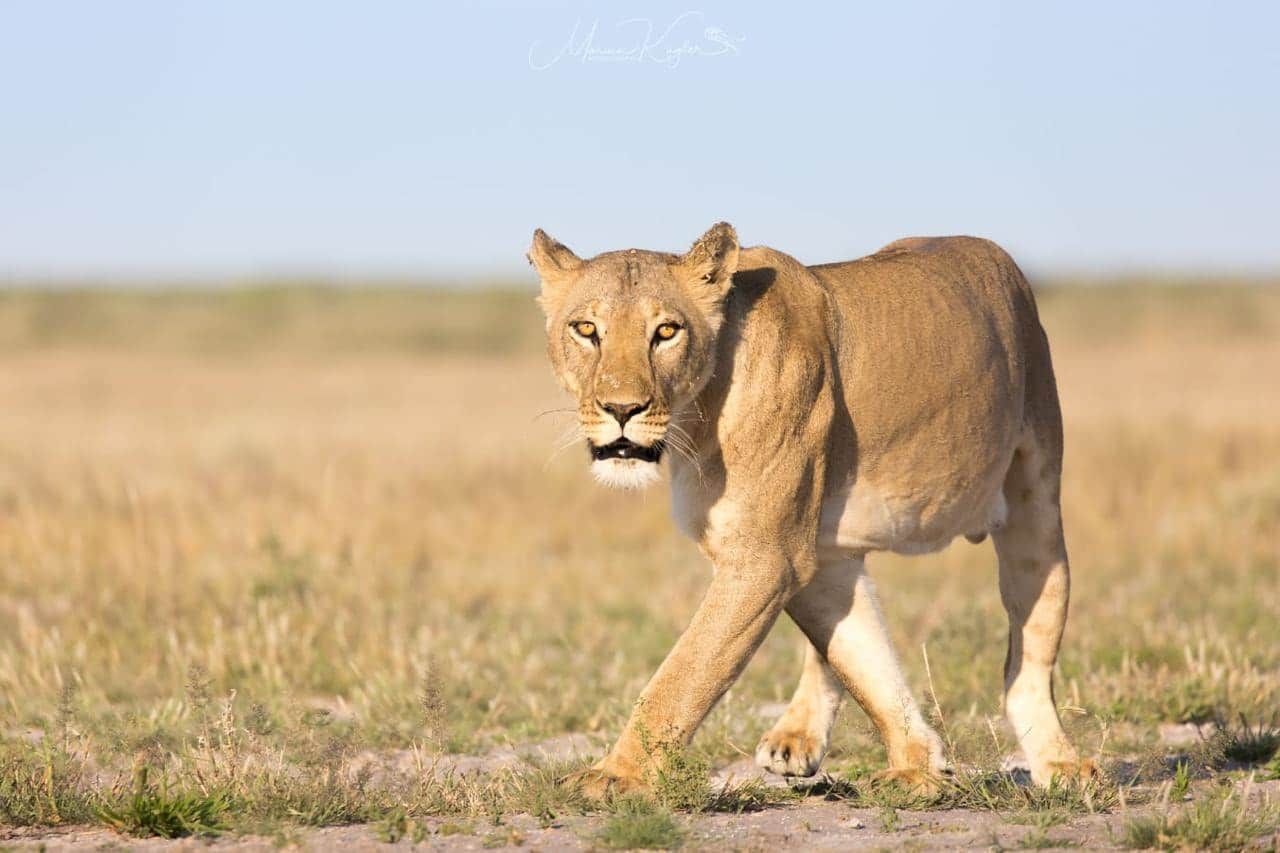A recent National Geographic article details the alarming percentage of failure associated with lion translocation—moving a lion from one region to another. In Botswana, Namibia, Zimbabwe, and many other African countries, governments support conservationists relocating problematic lions that prey on livestock. This is generally a much better solution than killing the big cats, and for decades, wildlife managers have used translocation as a humane way to reduce human-lion conflict.
But recent studies suggest that this method may not be working. Research shows that many lions continue to attack livestock after they have been translocated, which results in retaliatory killings from herders who rely on their livestock for their livelihoods. This often happens within a year of being moved, and given the frequency of these unfortunate outcomes, lion translocation is now looking more costly and less effective than alternative solutions.

Africa’s lion population has fallen by 43% in the past two decades, with approximately 23,000 individuals remaining throughout the continent. This dramatic decline is due to habitat loss from human development, prey depletion, and retaliatory killings such as those stemming from unsuccessful translocations.
Conservationists are now pursuing new alternatives to translocation to reverse this trend of lion deaths. By preventing the opportunities for lions to come into contact with livestock, it is believed that this will eliminate livestock predation and retaliatory lion killings better than translocation. Methods of achieving this include building better, predator-proof livestock corrals, teaching herders to avoid using high-risk areas for grazing, and using technology to enhance monitoring efforts. When it comes to curbing livestock predation, preventing it from happening in the first place is more effective than moving a lion and hoping that it will change its ways.

Dr. Peter Lindsey, Director of the Lion Recovery Fund (LRF), helped contribute to this article, as did several LRF grantees: Kalahari Research and Conservation, Kwando Carnivore Project, Amy Dickman/WildCru, and Moreangels Mbizah/Panthera.
Read the full article here.

